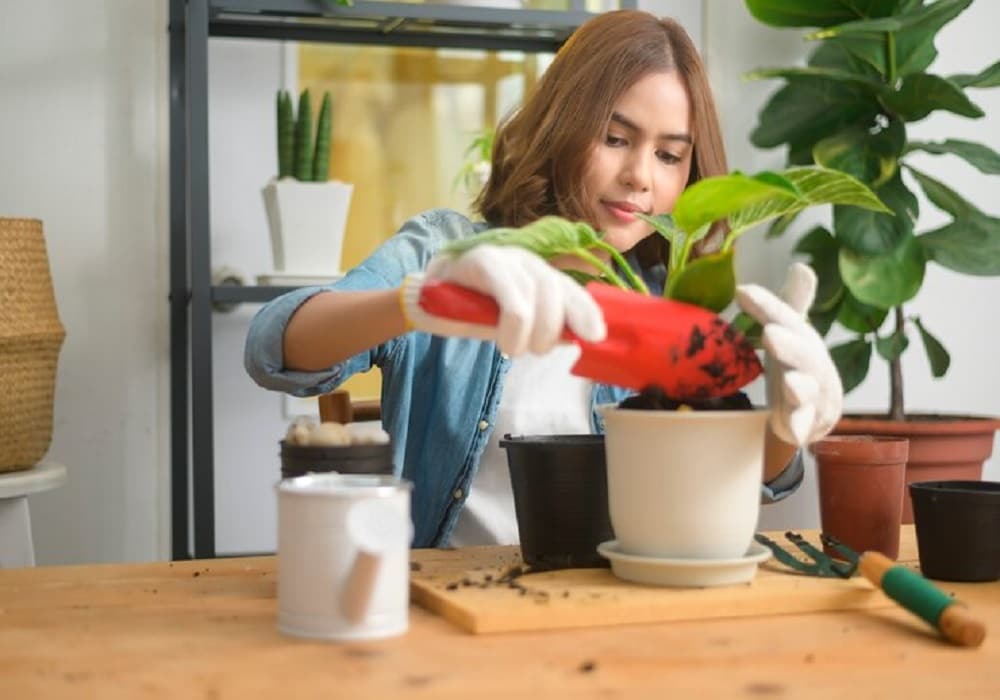Simple Steps for Gardening for Beginners India: Grow Your Own Plants with Ease
Gardening can be a relaxing and fulfilling hobby, even if you’re just starting out. For gardening for beginners in India, the wide variety of plants, tools, and techniques might seem daunting, but it doesn’t have to be complicated. With the right guidance and a bit of patience, you can cultivate beautiful, healthy plants in your own space. This article outlines simple steps to help you succeed in your gardening for beginners in India journey.
1. Know Your Climate
Before planting, it’s crucial to understand the climate and environmental conditions where you live. India features a range of climates from tropical to temperate, so choosing plants suitable for your region is essential. Beginners need to be aware of local weather patterns and seasonal variations.
- Tropical areas (e.g., Kerala, Tamil Nadu) are great for plants like hibiscus, bougainvillea, and jasmine.
- Temperate areas (e.g., Himachal Pradesh, Jammu & Kashmir) are good for cool-weather crops such as strawberries, lettuce, and carrots.
- Dry regions (e.g., Rajasthan, Gujarat) support hardy plants like succulents, cacti, and marigolds.
Research which plants thrive in your region for optimal growth.
2. Select Beginner-Friendly Plants
Many plants are simple to grow and maintain, making them ideal for novice gardeners in India. Choosing the right plants is key for success, as these require less attention and can tolerate mistakes.
- Herbs: Mint, basil, and coriander are straightforward to grow and can fit into small spaces or containers. They need minimal care and can flourish with sunlight and regular watering.
- Flowers: Marigolds, sunflowers, and zinnias are excellent flowering options that bloom beautifully with little effort, thriving in most climates across India.
- Vegetables: Green beans, tomatoes, and spinach are fantastic starters. They grow rapidly, allowing for quick harvesting, which is rewarding.
- Succulents and Cacti: Perfect for arid areas, succulents and cacti require less water and thrive in dry climates.
By selecting suitable plants, you ensure a smooth gardening experience and lessen frustration.
3. Focus on Soil, Water, and Light
For beginners in India, mastering the basics—soil, water, and sunlight—is vital for healthy plant growth.
- Soil: The quality of your soil significantly impacts plant growth. Most plants thrive in well-draining soil that’s rich in organic matter. Enhance your soil with compost or organic fertilizers. When using pots, opt for a high-quality potting mix.
- Water: Beginners often struggle with watering; both over- and under-watering are common. Most plants need moderate watering. In India’s heat, water your plants in the early morning or late evening to prevent water loss from the sun.
- Light: Different plants have varying sunlight needs. Succulents prefer full sun, while spinach does better in partial shade. Position your plants according to their light requirements. Balcony or terrace gardens optimize sunlight exposure.
Grasping these basic needs will help your plants thrive.
4. Container Gardening for Small Spaces: A Guide for Gardening for Beginners
For those living in apartments or limited spaces, container gardening is an excellent choice. It allows you to grow plants without needing a large garden.
- Select proper containers: Use pots with drainage holes to prevent waterlogging. Choose plastic, ceramic, or clay pots that are adequately sized for root growth.
- Pick suitable plants: Herbs, flowers, and small vegetables typically do well in containers. Be cautious of their space needs and choose appropriately.
- Ensure good drainage: Add stones or gravel at the bottom of the container for drainage. Regularly inspect for pests and diseases to maintain plant health.
Container gardening is flexible, allowing you to move your plants for optimal sunlight exposure.
5. Keep Your Garden Well-Maintained
After starting your gardening journey in India, regular upkeep is essential. Here are some vital tasks for healthy plants:
- Pruning: Regularly cut back dead or damaged parts to encourage growth and enhance appearance.
- Fertilizing: Apply organic fertilizers or compost for essential nutrients. A little fertilization every few weeks during the growing season helps immensely.
- Pest Control: Combat pests naturally, especially in tropical areas. Use neem oil or insecticidal soap to safeguard your plants without harmful chemicals.
- Weeding: Regularly remove weeds to stop them from competing for nutrients and space.
By keeping up with these tasks, your garden will stay healthy and productive.
6. Enjoy the Gardening Journey
Gardening in India is more than just planting; it’s about enjoying the journey. Take time to connect with nature and revel in nurturing your plants from seed to harvest. Gardening can be a soothing escape, so take your time. Embrace the learning process and grow alongside your plants.
Start small, try different plants, and celebrate your achievements. The more you engage, the more skilled you’ll become.
Conclusion
Beginning gardening in India can be a rewarding and fun experience. By knowing your local climate, choosing suitable plants, and applying basic gardening principles, you can cultivate a thriving garden, even as a beginner. Whether growing herbs on your balcony or vegetables in your backyard, gardening for beginners in India is a great way to connect with nature, enhance your living space, and enjoy fresh, homegrown food. Start simple, be patient, and you’ll soon be a gardening expert in gardening for beginners in India!






